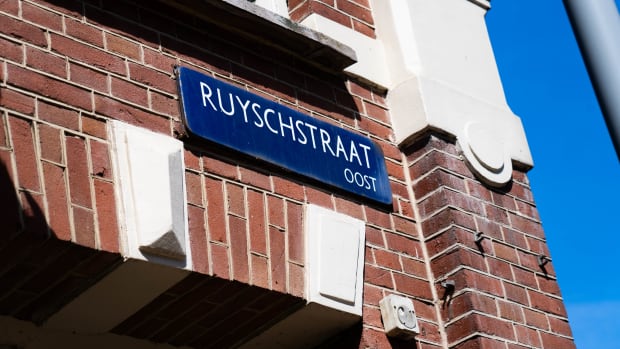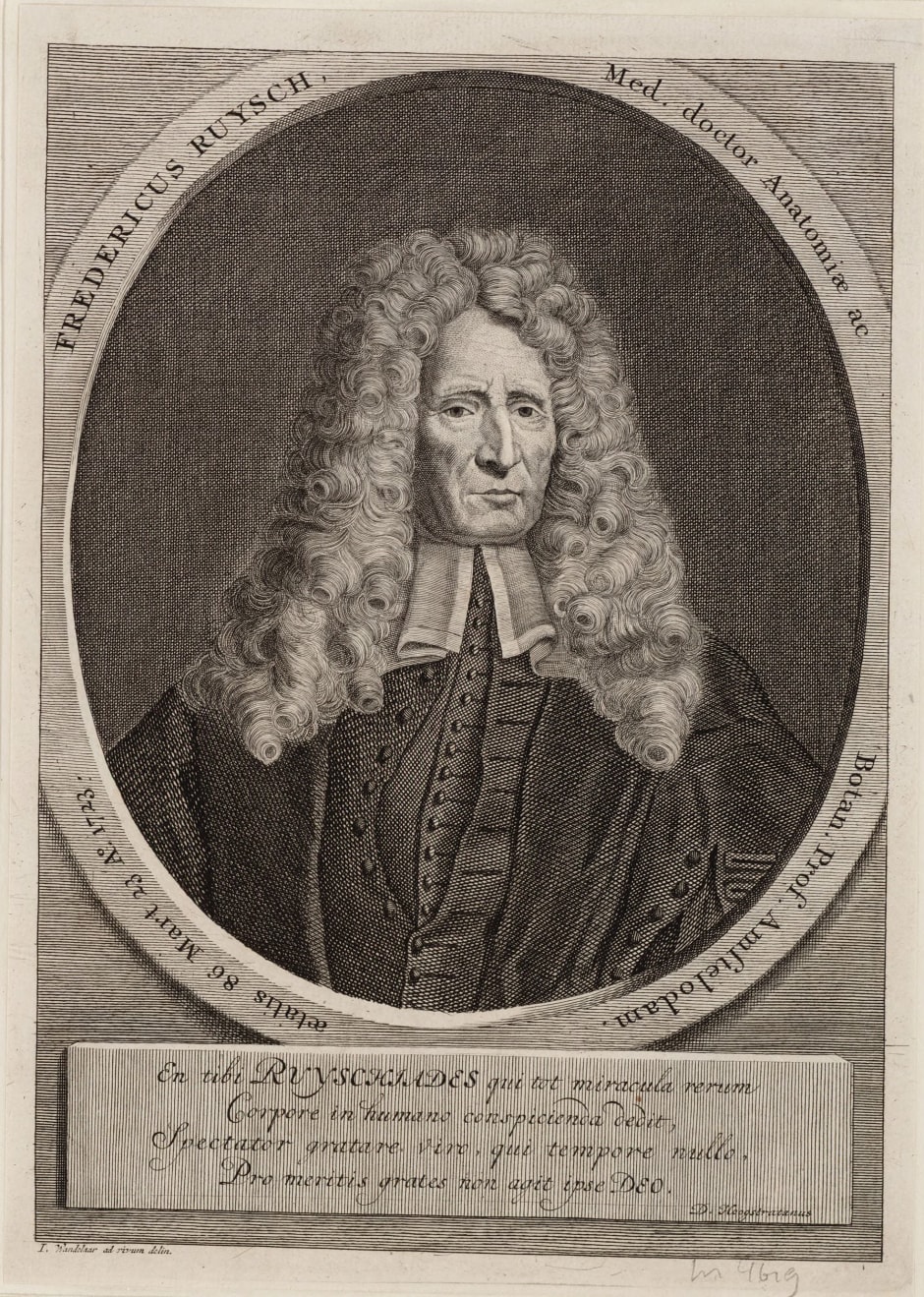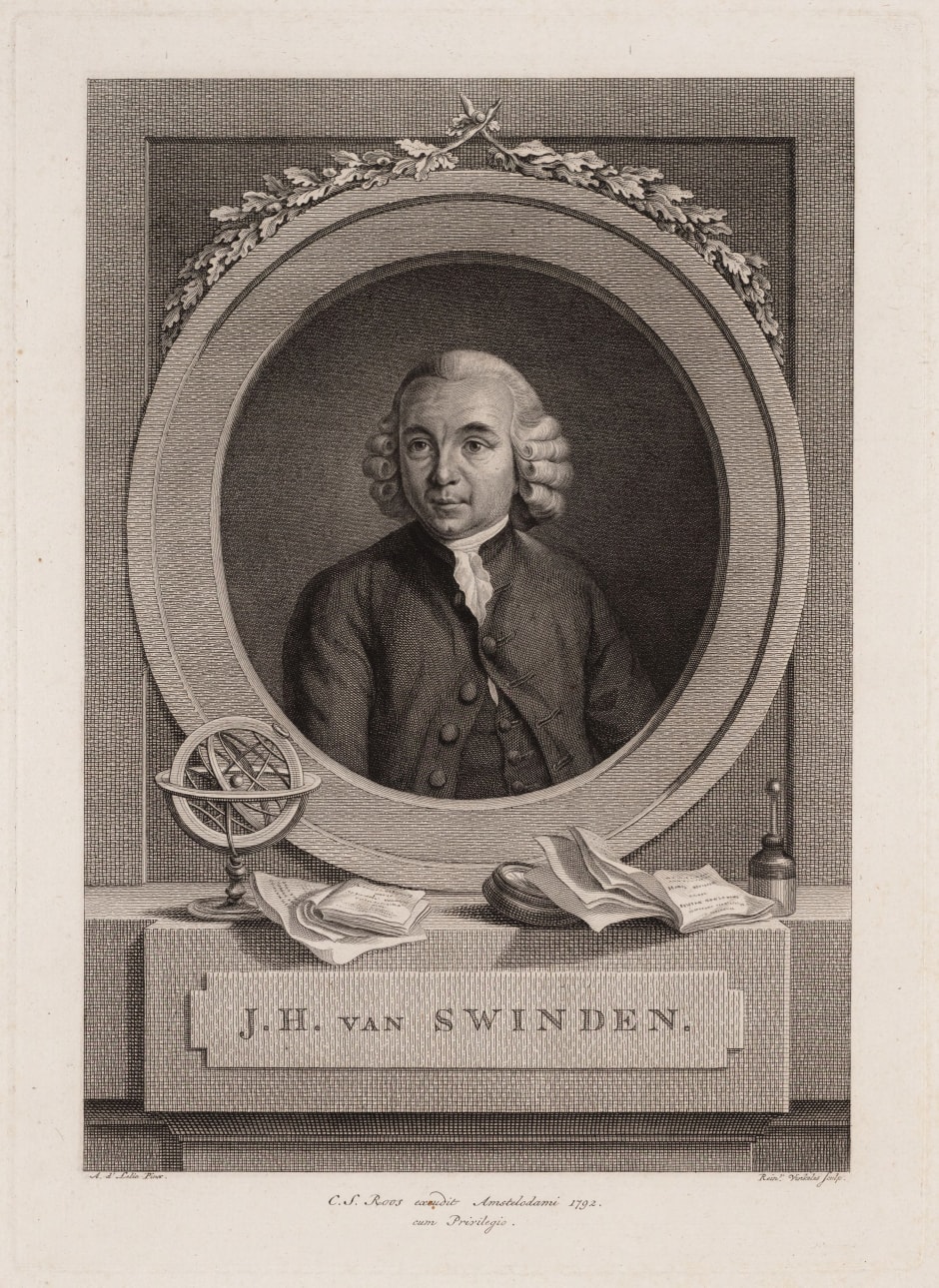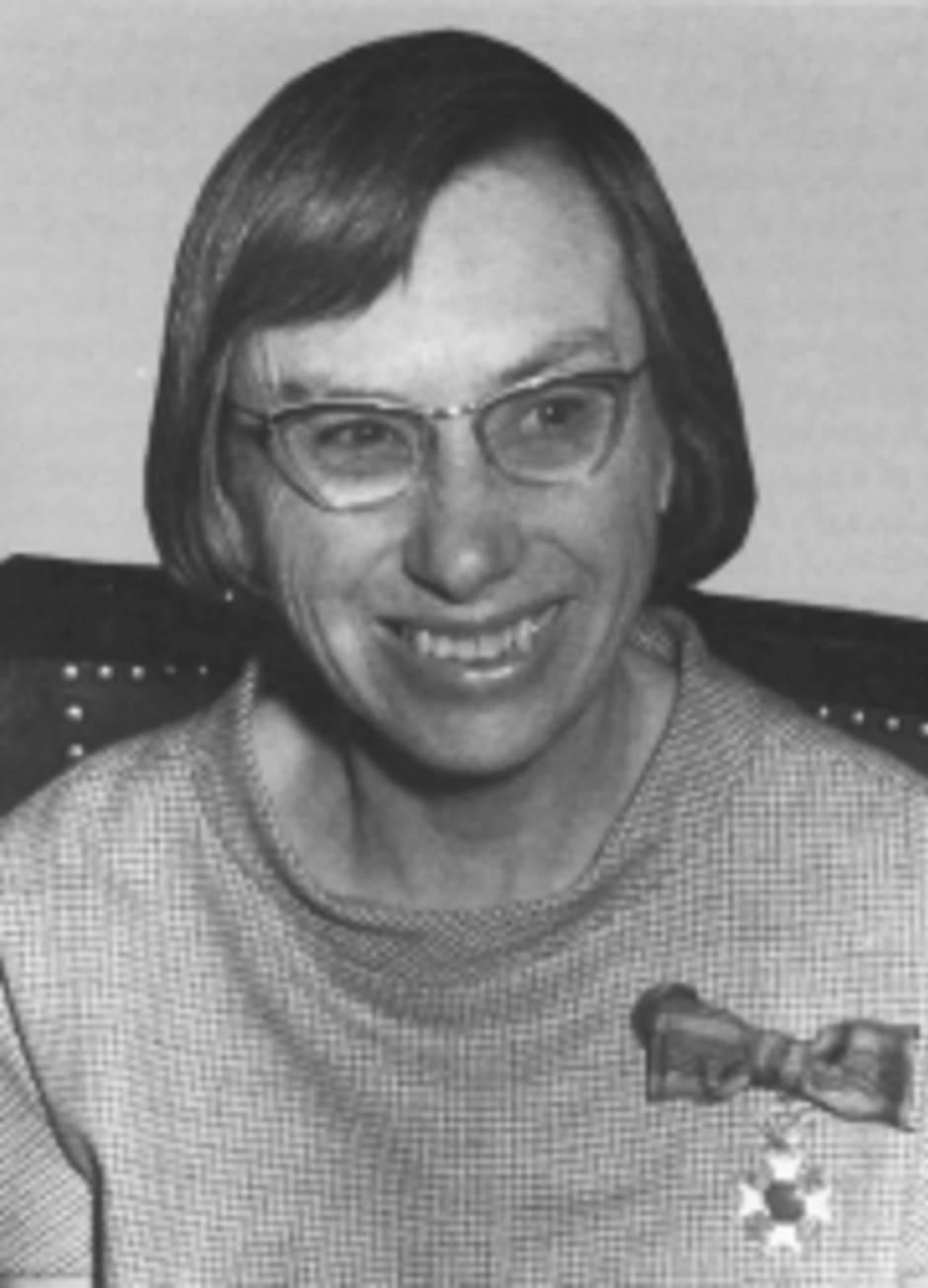
An ode to the masterminds of Amsterdam
Amsterdam is littered with street names that pay tribute to thinkers, inventors and scientists. You will find many of them in Amsterdam East in particular. Three scientists highlighted.
Frederik Ruyschstraat – East
Anatomy as an art form
Ruyschstraat connects the Amstel with the Oosterpark and is named after Frederik Ruysch (1638-1731), anatomist, zoologist and botanist. You may know Ruysch from the famous painting “The Anatomy Lesson by Dr Ruysch”, painted by Adriaen Backer. At a time when knowledge of the human body was still largely uncharted territory, he dissected corpses in front of an audience in Amsterdam’s anatomical theatre, the Theatrium Anatomicum. In 1688, Ruysch was appointed professor of anatomy by the Amsterdam city council.

Ruysch gained fame mainly for his anatomical museum in his home, which was a tourist attraction in his day. In the museum, he presented human remains in an aesthetic and almost artistic manner with the aim of presenting the macabre in such a way that it aroused interest rather than revulsion. He used a preservative he developed himself to keep the tissues lifelike. He used coloured wax injections to preserve their natural shape and colour. His collection – ranging from a chicken that had swallowed needles to a symbolic tableau with children’s corpses and flowers – made a great impression, even on the Russian Tsar Peter the Great. In 1717, he bought the entire collection for no less than 30,000 guilders and took it to St. Petersburg, where it became the basis of Russia’s first public museum: the Kunstkamera.
Jean Henri van Swinden – East
Inventor of house numbers

This mathematician and physicist has not one, not two, but three Amsterdam streets named after him: Eerste (First) van Swindenstraat, Tweede (Second) van Swindenstraat and Van Swindenspoorbrug, the first two of which cross the Dappermarkt. We are talking about Jean Henri van Swinden (1746-1823), professor at the Athenaeum Illustre, the predecessor of the University of Amsterdam.
Van Swinden made a name for himself in Amsterdam by introducing the system of house numbering by street, which was a major improvement on the confusing numbering system by neighbourhood. In 1795, he led the Netherlands’ first ever census, which put the population of Amsterdam at exactly 217,024.
Van Swinden also made his mark outside the Netherlands: as a member of an international commission in Paris, he helped establish the metre as a universal standard of measurement. Back in the Netherlands, he worked tirelessly for the introduction of the metric system.
Carolina MacGillavrylaan – East
First female professor of exact sciences

Carolina MacGillavrylaan, the main access road to Amsterdam Science Park, is an appropriate location for one of the first female professors of exact sciences in the Netherlands. Chemist Carolina Henriëtte MacGillavry (1904–1993) researched how light waves were deflected when they hit a crystal at the University of Amsterdam. She owes her surname to her Scottish ancestry: her forefather served as a highlander in the Scottish Brigade, an elite unit of the British army with traditional roots in the Scottish Highlands. He was wounded during a battle against the French in the Netherlands and married a Dutch woman.
MacGillavry was also the first woman to be elected a member of the Royal Netherlands Academy of Arts and Sciences (KNAW) in 1950, a milestone in Dutch academic history.
MacGillavry’s legacy lives on not only in the street name, but also in the MacGillavry Fellowship at the University of Amsterdam – a programme that actively supports female scientists in their academic careers.

